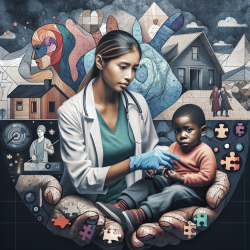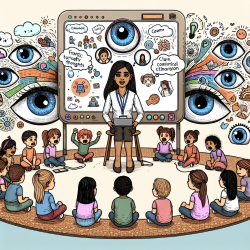The recent study titled Exploring the varied manifestations of structural violence in the lives of children on the autism spectrum and their families: a qualitative longitudinal study in Kurdistan, Iran offers crucial insights for practitioners in the field of speech-language pathology. This blog will summarize the study's key findings and discuss how they can be applied to improve therapeutic outcomes for children on the autism spectrum.
Understanding Structural Violence
Structural violence refers to societal frameworks that hinder individuals from achieving their fullest potential. In this study, four primary forms of structural violence were identified: access to healthcare, geographic disparities, awareness and stigma, and poverty and financial burden. These forms of violence create significant barriers for children on the autism spectrum and their families, impacting their health and well-being.
Key Findings and Practical Applications
- Access to Healthcare: The study highlights the difficulties families face in obtaining an autism diagnosis and accessing specialized medical services. Speech-language pathologists can advocate for better healthcare coverage and work towards creating a more streamlined diagnostic process.
- Geographic Disparities: Geographic location significantly affects access to services. Practitioners should be aware of these disparities and consider teletherapy options to reach underserved areas.
- Awareness and Stigma: Limited public awareness and stigma around autism are prevalent. Speech-language pathologists can play a crucial role in educating the public and healthcare professionals about autism to reduce stigma and improve social inclusion.
- Poverty and Financial Burden: Financial constraints significantly impact access to necessary services. Practitioners can support families by connecting them with financial resources and advocating for policies that reduce the economic burden on these families.
Encouraging Further Research
While this study provides valuable insights, it also underscores the need for further research. Speech-language pathologists can contribute by conducting studies that explore the impact of structural violence on therapeutic outcomes and by developing interventions that address these barriers.
To read the original research paper, please follow this link: Exploring the varied manifestations of structural violence in the lives of children on the autism spectrum and their families: a qualitative longitudinal study in Kurdistan, Iran.










